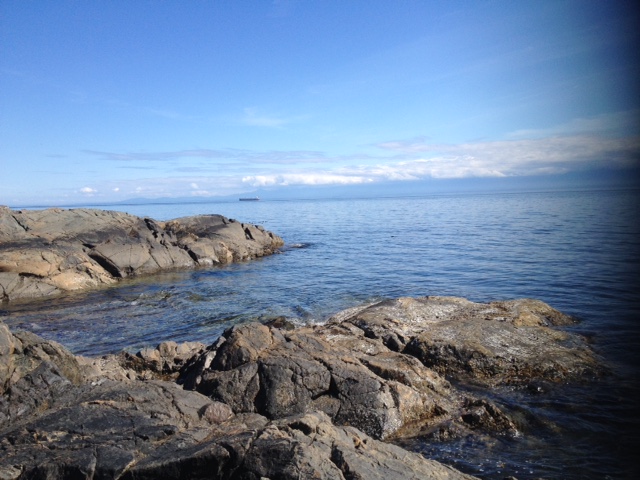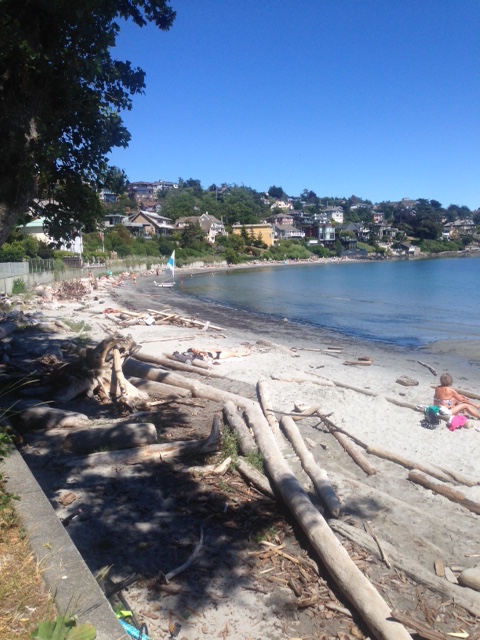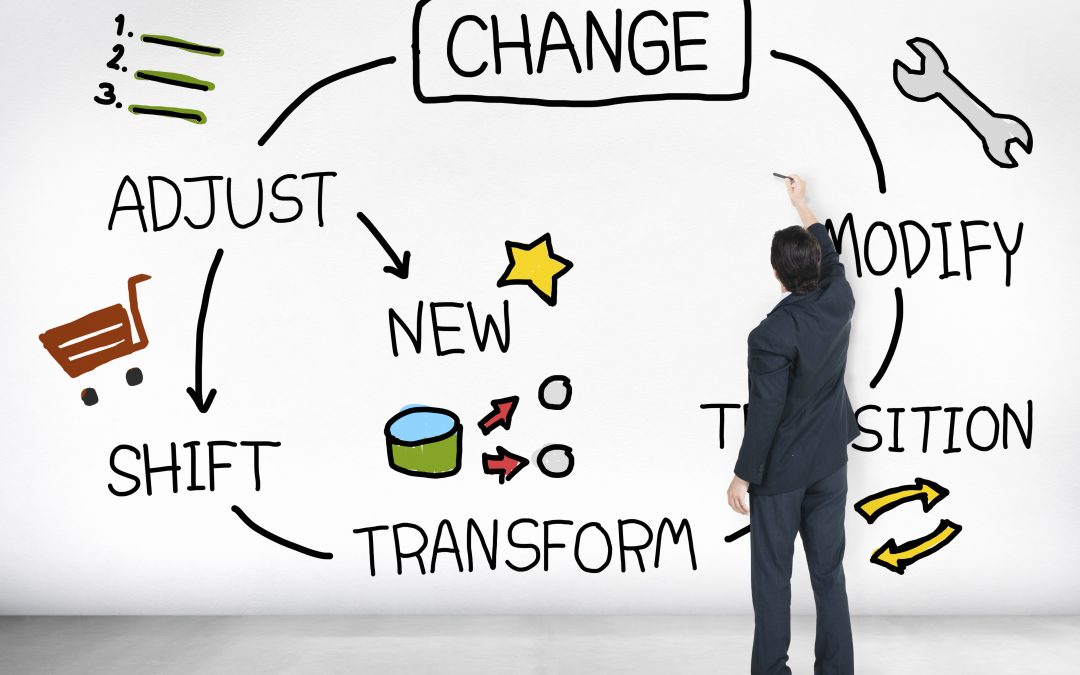
by PT-clc | Sep 6, 2018 | Benefits of being in nature, Creative Living, Dealing with Stress, Health & Wellbeing, High Achieving Women
How do you feel when you return home from a day or weekend of hiking, kayaking, camping, skiing, and being in nature? I feel relaxed, rejuvenated, an inner warmth; grateful for my body to have supported me to hike that challenging trail or to ski those moguls.
While in nature I am in awe of its beauty and at times the amazing stillness. I feel so relaxed and connected with what is around me.
There is more and more research about the benefits of being in nature and the negative impacts of not.
Richard Louv in his book “Last Child in the Woods: Saving Our Children from Nature-Deficit Disorder” (2005) coined the term Nature-Deficit Disorder. He has documented research on the negative impacts of children not spending time in nature including: attention difficulties, diminished use of the senses, obesity, and higher rates of emotional and physical illnesses. Research also suggests that the nature-deficit weakens children’s appreciation of and stewardship of the natural world.
“More recent research shows that the steady stress of urban living changes the brain in ways that can increase our odds of schizophrenia, anxiety and mood disorders [1].”
The positive impacts on health and well-being of spending time in nature have been well documented. Examples include the Japanese practice of “forest bathing” or “forest therapy”. Having set up forest bathing centers in a number of areas throughout Japan and conducting longitudinal studies for several decades, the Japanese have discovered that spending time among trees reduces your heart rate, reduces your blood pressure and increases the number of natural killer cells our bodies produce (i.e. strengthens our immune systems).
South Korea has implemented a National Forest Plan whose goal is “to realize a green welfare state, where the entire nation enjoys well-being”. They speak about “social forestry” and have initiated a number of programs and studies including: walking in hinoki forests, doing guided meditations, and special programs for everyone from cancer patients to prenatal groups, to children with allergies, to a forest healing program for fire fighters with PTSD.
I’m currently reading The Nature Fix by Florence Williams, a journalist who moved with her family from a quiet home in Colorado surrounded by nature to a noisy downtown Washington, DC home on a major flight path. She was so shaken by the negative impact of the move she decided to learn more about nature and its benefits. The book is a fun and interesting read as Florence flies to different countries, takes part in research, speaks to researchers and experiences first-hand a variety of “therapies”.
Given these powerful findings, how can you in your busy and sometimes stressful life incorporate more time in nature? Here are a few suggestions:
- Go for a walk in nature at least three times a week for 15 to 30 minutes ideally in a park where there are trees. You can do this at lunch time if you are close to a park.
- Join a hiking group and go hiking several times a month.
- Go camping with family, friends or a group.
- Find a special place close to where you live (if possible) where you can go that makes you feel relaxed. For me that is on some rocks by the ocean about 15 minutes walk from where I live.
- Take your kids to the park at the end of each work day. Spend 20 to 30 minutes “decompressing” and focusing on having fun and connecting with your children.
- Do mindfulness walking meditations[2] outdoors for 15 to 30 minutes three times a week.
- Do meditations that incorporate nature sounds once a day. I find Deepak and Oprah’s 21-day meditations (available from https://chopracentermeditation.com/) really helpful and do these every morning on awakening.
I’d love to hear how you feel when in nature and what strategies you’ve found helpful to increase your time in nature. Feel free to share this article with others.
[1] Williams, Florence, The Nature Fix – Why Nature Makes Us Happier, Healthier, and More Creative. New York: W.W. Norton, 2017.
[2] A mindfulness walking meditation enables you to get out of your head and into your body. When you walk outside in nature, slowly press one heal and the toes of one foot on the ground followed by the next, being totally present with your movements rather than thinking about all you have to do or reviewing a recent argument with your child or significant other. Focus on all of your senses. Notice the wind on your cheek, the sound of birds chirping, the smell of the salt sea air, see the beautiful vistas that surround you. Notice how you feel while doing the mindfulness walking meditations and after. Over time doing these walking meditations on a regular basis, notice what you notice.

by PT-clc | Jul 23, 2018 | Benefits of being in nature, Conscious Living, Health & Wellbeing, Inner Peace, Self-Care
In late May of this year, I made a public commitment in my blog – https://pamela-thompson.com/creating-space-the-how-and-why/, that I was intending to create more space in my life this summer. This is an update on the actions I’ve taken so far to create more space and what I’ve noticed as a result. I’m sharing these with the hope that you may glean something useful from my experience, and feel comfortable sharing yours.
The first thing I did was to really get clear on what I wanted to “do” this summer and what I wanted to “stop doing”. I realized that I did not want to attend a business conference in the US as I wasn’t ready to declare my business goals for the coming year. I cancelled my flight, hotel and ticket for the conference and then booked a vacation to visit family and friends in eastern Canada as that felt “right’.
I was on the Leadership Team of an entrepreneurial women’s group, spoke with the head and handed off my position to another woman with a supportive call. I then put my membership to that group on hold.
I am on a number of lists and began to unsubscribe from many. It felt SOoo good. For some time I’ve been thinking of doing this but felt I might “miss out” on something. Do you relate? I was surprised at how easy it was to hit the unsubscribe button. It feels so much better each day when I open up my emails and see that they have decreased considerably.
In general, I feel more relaxed. In fact, most of the time I have an incredible sense of inner peace and calm. On a recent visit back east, one of my friends who I hadn’t seen in over a year, commented that I was getting younger!
I have little structure in my life, other than meditating and doing a stretching routine every morning and yoga three times a week. I make a point of spending a lot of time in nature, either walking, kayaking or riding my bike. It feels like I awaken each day with a clean canvas on which I can choose to paint anything I wish. I feel liberated. It’s wonderful!
In the past when I’ve taken some time off, I usually am thinking about the next thing I’m going to do. In contrast, this time, I have no idea what my work will look like and I’m relaxed and fine with that. I trust that I will get clarity when the time is right.
Most of the time I feel present and playful. This enables me to have more focused conversations with my partner, other family members and friends. I’m having more fun and I feel more centered and grounded.
I’d love to hear from those of you who’ve committed to creating more space in your life. What has the experience been like for you? How are things unfolding? I welcome your comments below. Feel free to share this with others who you think might benefit.

by PT-clc | May 24, 2018 | Benefits of being in nature, Conscious Living, Health & Wellbeing, Inner Peace, Self-Care
Some of my best ideas come to me when I’m on my yoga mat or spending time in nature by myself. How about you? What have you noticed when you create space in your life; e.g. when you sit still, stop doing and get out of your head and into your body? Feel free to add to the list below.
What happens when we create space?
We feel:
- Calm and relaxed
- Playful
- Free
- More Joy
- Connected to our “true” selves
We:
- are open to new people and opportunities coming into our lives
- allow negative thoughts and emotions to surface and be released
- provide space for creative ideas to emerge
- experience improved health
- get clear on what is really important to us.
How can we create space? Here are a few ways I’ve found helpful.
- Spending time in nature
- Meditating daily
- Leaving my calendar “open”
- Doing yoga 3 times a week
- Painting
- Journaling regularly
How can you start “Creating Space” in Your Life?
I – A good place to begin is by answering the following questions:
- What fills me up? and 2) What drains me?
Here are a few examples to get you started
What fills me up?
- Spending time in nature
- Painting
- Writing
- Regular Yoga practice
- Spending time with my grandbabies
What drains me?
- So many emails
- Feeling responsible for others
- A totally planned and structured life
- The “shoulds” in my life
- Old programming that says in order for me to be loved and valued I need to achieve and perform.
II – Review your two lists/ answers to what fills you up and what drains you. Commit to integrating two or more items from “what fills you up” into your life starting tomorrow and start to reduce and eliminate two or more items that “drain you”. Over time, continue adding and eliminating things from your lists and notice how you feel and what your days look like.
It is important to do this in your own time, listening to your body. Remember this is not a race or an opportunity to say to yourself “look at all the new things I’m doing”. Rather, it is to assist you in getting out of your head and into your body; to becoming more consciously aware of what you do, how you feel, and what things bring you joy.
I’m doing an experiment this summer and have committed to “creating more space in my life” and to noticing what my life looks and feels like when I do this. How about you? Does this idea intrigue you?
I’d love to hear your thoughts, and strategies you use to create space in your life. Feel free to comment below and to share this post with others.

by PT-clc | Apr 24, 2018 | Conscious Living, Coping with Change, Dealing with Anxiety, Health & Wellbeing, Self-Care
Often when we’re facing a life change; it could be a job loss, retirement, separation, a health challenge; we feel anxious. Our heart begins to race and we feel like we want to run away from the situation. It is difficult to focus and often times we want to go back to the way things were. We feel overwhelmed by all that lies ahead of us, and are uncertain about our future.
When this happens, what can you do to get out of this cycle of anxiety?
Here are some proven strategies:
- Take slow deep breaths in through your nose and out through your mouth, keeping your mouth open and releasing sound when you exhale. Repeat this about five times and notice how you feel. This exercise releases oxytocin, the hormone that relaxes and calms us. When you have taken a few slow, deep, conscious breaths, you should begin to feel more relaxed.
- Do body scanning on awakening and/or before going to sleep. Lie in bed and scan your body slowly from the top of your head to the tips of your toes. While doing this notice any tension or pain. If you do, breathe into that area and set the intention to release the tension or pain.
- Spend regular time in nature. Find a special place you feel connected to. For me there is a place on the rocks by the ocean close to where I live. When I go there and lie on the rocks, I feel so grounded, relaxed and protected. Did you know that the Japanese have done longitudinal studies to show that when we walk among trees it reduces our heart rate, reduces our blood pressure and increases the number of natural killer cells our bodies produce?
- Do mindfulness walking meditations starting with three times a week for 20 to 30 minutes each time. When you do this, instead of going for a walk and thinking about all that has happened or all you have to do, instead focus on your senses. Notice the wind on your face, the smell of the salt sea air, the crunch of leaves underfoot, the sound of the birds, the beautiful vistas that surround you. When thoughts come into your head, which they inevitably will do, imagine they are clouds and let them float by or imagine putting them in a bubble and seeing them float away, and refocus on your senses.
- Repeat to yourself several times each day, “I am safe, it’s only change. “ (a favourite of mine from Louise Hay) Post this affirmation where you will see it, e.g. on the bathroom mirror, on the refrigerator door.
- Move your body. Put on some music you enjoy and dance around your kitchen or wherever. Feel the music and let it flow through you.
- Tap into and express your creative side. Do something creative that you enjoy. Perhaps it’s painting, drawing, playing the piano, gardening. It could be something you did as a child that you no longer do or something you’ve always wanted to try. When you tap into and express your creative side, you feel like a child at play, lighter and filled with wonder. This opens you up to exploring the positive side of the change you are experiencing, and to the belief that change is a creative process that opens us up to new possibilities.
I’d love to hear from you some strategies you’ve found helpful to reduce the anxiety associated with change. Feel free to post your comments below and to share this article with others.

by PT-clc | Feb 6, 2018 | Change, Coping with Change, Creative Living, Entrepreneurship, Life Transitions, Women in Business
What does change have to do with being an entrepreneur?
- Entrepreneurship is all about change. When you start your own business it’s often scary as you’re leaving a “secure” position to go out on your own to new and uncharted territory. Having a business is all about experimenting. You try one niche and if you don’t get a great response you switch to another. You write copy for a program, product or service, test it, see who it attracts and then write some more and test that. In business we learn from our successes as well as our failures (usually more from our failures). Being successful in business requires being open to learning and growing.
- As we move through the various phases of growing our business, limiting beliefs and unresolved issues typically come up for us. Our inner critic sends us messages such as: Who do you think you are to want a 6-figure income? (related to self-worth); How can you choose such a narrow niche, you’ll have no clients? (related to fear of not making enough money). In order to grow your business you need to address those limiting beliefs and unresolved issues which involves change and transformation.
- Life Transitions and Changes in Business are intertwined. If we are stressed by changes in our business (e.g. breakdown of a business partnership), we often bring them into our personal lives and take our anger and frustration home with us. Similarly, if we are going through relationship transitions (e.g. separation or divorce), we often bring the emotions associated with those into our work. They may cause us to lose our focus, our patience and result in less engagement, lower productivity and more conflict at work.
- Our beliefs about change influence our behaviors related to it. For example, if you perceive change as scary and to be feared, then you will resist it and experience a lot of stress related to it. Whereas, if you view change as a creative process that opens you up to new possibilities, the change experience becomes exciting, easier and faster.
- There is some solace in knowing that we are all hard-wired to fear change. Our amygdala (part of the brain) is constantly scanning the environment to protect us and keep us safe. When it perceives a threat or something out of the ordinary, it sends messages to our bodies to go into fight, flight or freeze.
What happens when we don’t embrace change?
Research and life experiences show that if we don’t learn to embrace change we:
- keep repeating the same patterns in our lives and remaining unhappy and unfulfilled
- expend a lot of energy resisting change
- feel constantly under stress leading to chronic health issues and negative impacts on our relationships and our businesses.
The bottom line is if we don’t learn to embrace change, over time it negatively impacts both our personal and our professional lives.
So how can we reduce our fear of change?
We can reduce our fear of change when we:
- better understand how and why we respond to change
- learn a proven model and tools to help us reduce resistance and embrace and successfully navigate any change.
The more you understand change and the more self-aware you are about how and why you respond to it, the more easily you can embrace and move through it.
Why I’m so passionate about sharing this message
Having been an entrepreneur since the early 1990s, and running three successful businesses, I’ve experienced many changes in my business and personal life and learned some of my lessons the hard way, I know that having tools and processes to understand and embrace change is critical to creating the business and life of your dreams. I’m now called to support leaders and entrepreneurs to better understand and to embrace change. Based on more than 25 years of leading, consulting and coaching with individuals and organizations from diverse cultures on 5 continents, I’ve created the Art of Change Framework. It’s a proven 5-step process that guides and supports individuals and teams to move from fear and uncertainty to clarity and confidence. It makes the change experience fun as it likens the process to learning a dance.
We all need to process change and we do it in different ways and at different rates. When you have an increased understanding of change and how you respond to it, and proven processes and tools to help you to successfully navigate the change experience, it positively impacts your business and your bottom line.
If you’d like to learn more about the Art of Change Framework, here are some relevant articles: https://pamela-thompson.com/strengthen-impact-world-dance-change/ ; https://pamela-thompson.com/important-embrace-change-begin/
If you’re going through a life transition and would like to learn more about it and how to more easily navigate it, I encourage you to sign up for my complimentary Transition Journey Quiz and Tips – https://pamela-thompson.com/about/
I always like to hear from you and how the articles “land” and welcome your comments below. How has change affected you and your business? What tools and strategies have you found helpful to navigate change? Please share the post with others who you think might benefit.




